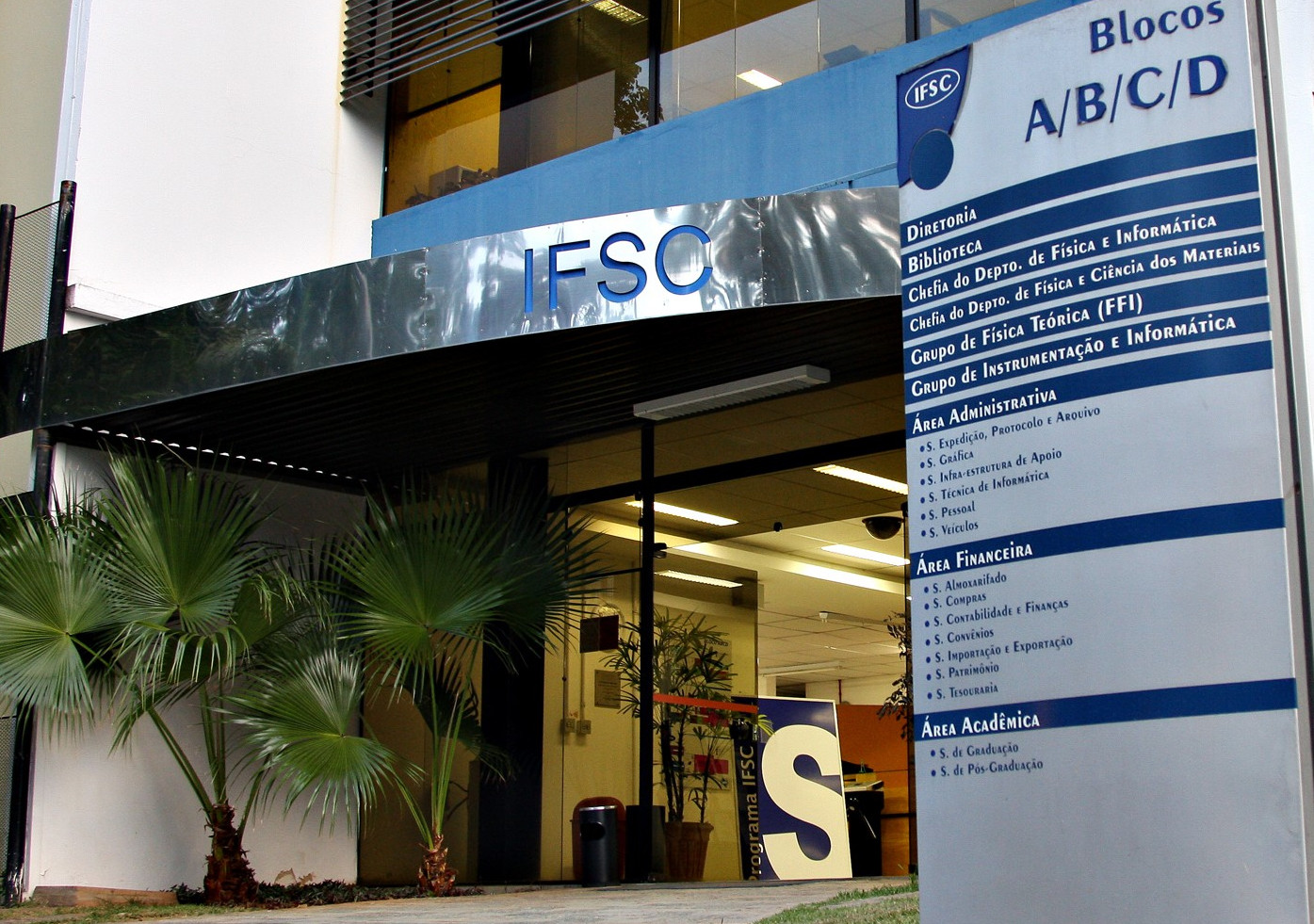Curcumin in formulations against Aedes aegypti: mode of action, photolarvicidal and ovicidal activity.
SOUZA, Larissa Marila de; VENTURINI, Francine Perri; INADA, Natalia Mayumi; IERMAK, Ievgeniia; GARBUIO, Matheus; MEZZACAPPO, Natasha; OLIVEIRA, Kleber Thiago de; BAGNATO, Vanderlei Salvador.
SOUZA, Larissa Marila de; VENTURINI, Francine Perri; INADA, Natalia Mayumi; IERMAK, Ievgeniia; GARBUIO, Matheus; MEZZACAPPO, Natasha; OLIVEIRA, Kleber Thiago de; BAGNATO, Vanderlei Salvador.





 Abstract: Combating the Aedes aegypti vector is still the key to control the transmission of many arboviruses, such as Dengue, Zika, and Chikungunya. As few products are efficient for Aedes aegypti control, the search for new strategies have become pivotal., t Substances with photodynamic activity, such as curcumin and their formulations, are strongly encouraged, due to their multi-target mechanism of action. In this study, we evaluated the photolarvicidal and ovicidal activity of curcumin in the presence of sucrose (named SC) and D-mannitol (named DMC). To support the understanding of the larvicidal action of these formulations, Raman microspectroscopy was employed. We also studied the morphological changes in Danio rerio (Zebrafish) gills, a nontarget organism, and demonstrate that this is an environmentally friendly approach. Both SC and DMC presented a high photo-larvicidal potential. DMC showed the highest larval mortality, with LC50-24h values between 0.01 and 0.02 mg.L-1. DMC also significantly decreased egg hatchability, reaching a hatching rate of 10 % at 100 mg.L-1. The analysis of molecular mechanisms via Raman micro-spectroscopy showed that DMC is highly permeable to the peritrophic membrane of the larva, causing irreversible damage to the simple columnar epithelium of the digestive tube. Histological changes found in the D. rerio gills were of minimal or moderate pathological importance, indicating an adaptive trait rather than detrimental characteristics. These findings indicate that curcumin in sugar formulations is highly efficient, especially DMC, proving it to be a promising and safe alternative to control Aedes mosquitoes. Moreover, Raman micro-spectroscopy demonstrated high potential as an analytical technique to understand the mechanism of action of larvic
Abstract: Combating the Aedes aegypti vector is still the key to control the transmission of many arboviruses, such as Dengue, Zika, and Chikungunya. As few products are efficient for Aedes aegypti control, the search for new strategies have become pivotal., t Substances with photodynamic activity, such as curcumin and their formulations, are strongly encouraged, due to their multi-target mechanism of action. In this study, we evaluated the photolarvicidal and ovicidal activity of curcumin in the presence of sucrose (named SC) and D-mannitol (named DMC). To support the understanding of the larvicidal action of these formulations, Raman microspectroscopy was employed. We also studied the morphological changes in Danio rerio (Zebrafish) gills, a nontarget organism, and demonstrate that this is an environmentally friendly approach. Both SC and DMC presented a high photo-larvicidal potential. DMC showed the highest larval mortality, with LC50-24h values between 0.01 and 0.02 mg.L-1. DMC also significantly decreased egg hatchability, reaching a hatching rate of 10 % at 100 mg.L-1. The analysis of molecular mechanisms via Raman micro-spectroscopy showed that DMC is highly permeable to the peritrophic membrane of the larva, causing irreversible damage to the simple columnar epithelium of the digestive tube. Histological changes found in the D. rerio gills were of minimal or moderate pathological importance, indicating an adaptive trait rather than detrimental characteristics. These findings indicate that curcumin in sugar formulations is highly efficient, especially DMC, proving it to be a promising and safe alternative to control Aedes mosquitoes. Moreover, Raman micro-spectroscopy demonstrated high potential as an analytical technique to understand the mechanism of action of larvic @article={002999231,author = {SOUZA, Larissa Marila de; VENTURINI, Francine Perri; INADA, Natalia Mayumi; IERMAK, Ievgeniia; GARBUIO, Matheus; MEZZACAPPO, Natasha; OLIVEIRA, Kleber Thiago de; BAGNATO, Vanderlei Salvador.},title={Curcumin in formulations against Aedes aegypti: mode of action, photolarvicidal and ovicidal activity},journal={Photodiagnosis and Photodynamic Therapy},note={v. 31, p. 101840-1-101840-12},year={2020}}
@article={002999231,author = {SOUZA, Larissa Marila de; VENTURINI, Francine Perri; INADA, Natalia Mayumi; IERMAK, Ievgeniia; GARBUIO, Matheus; MEZZACAPPO, Natasha; OLIVEIRA, Kleber Thiago de; BAGNATO, Vanderlei Salvador.},title={Curcumin in formulations against Aedes aegypti: mode of action, photolarvicidal and ovicidal activity},journal={Photodiagnosis and Photodynamic Therapy},note={v. 31, p. 101840-1-101840-12},year={2020}}